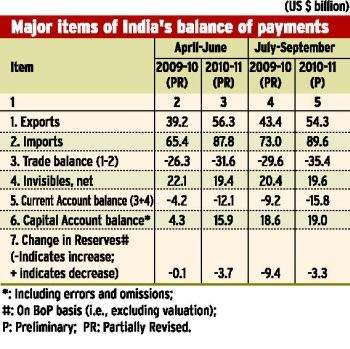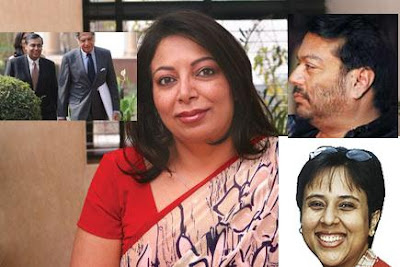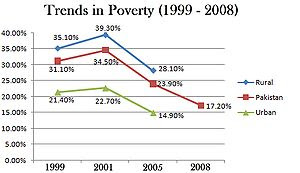Karachi Stock Index Beat BRICs in 2010
Pakistan's main stock market ended 2010 with a 28 percent annual gain, driven by foreign buying mainly in the energy sector, despite concerns about the country's macroeconomic indicators after summer floods , according to Reuters . Although it was less than half of the 63% gain recorded in 2009, it is still an impressive rise in KSE-100 index when compared favorably with the performance of Mumbai(+17%) and Shanghai(-14.3%) key indexes. Among other BRICs, Brazil is up just 1% for the year, and the dollar-traded Russian RTS index rose 22% in the year, reaching a 16-month closing high of 1,769.57 on Tuesday, while the rouble-based MICEX is also up 22%. Pakistan's key share index KSE-100 was just over 1000 points at the end of 1999, and it closed at 12022.46 on Dec 31, 2010, sgnificantly outperforming BRIC markets for the decade . Pakistan rupee remained quite stable at 60 rupees to a US dollar until 2008, slipping only recently to a range of 80-85 rupees to a dollar. In spit






